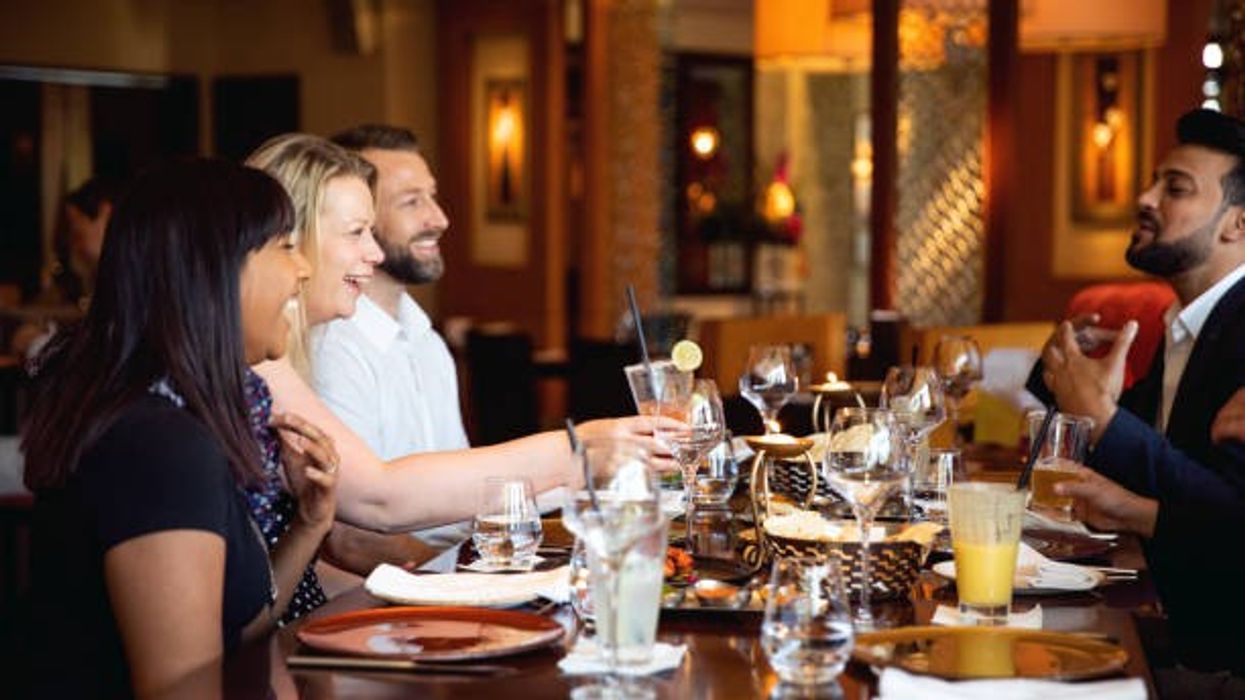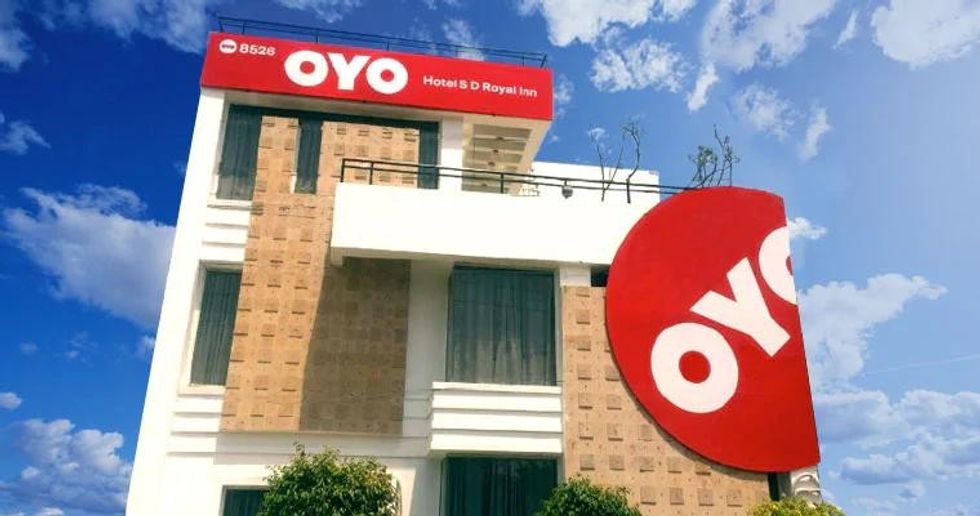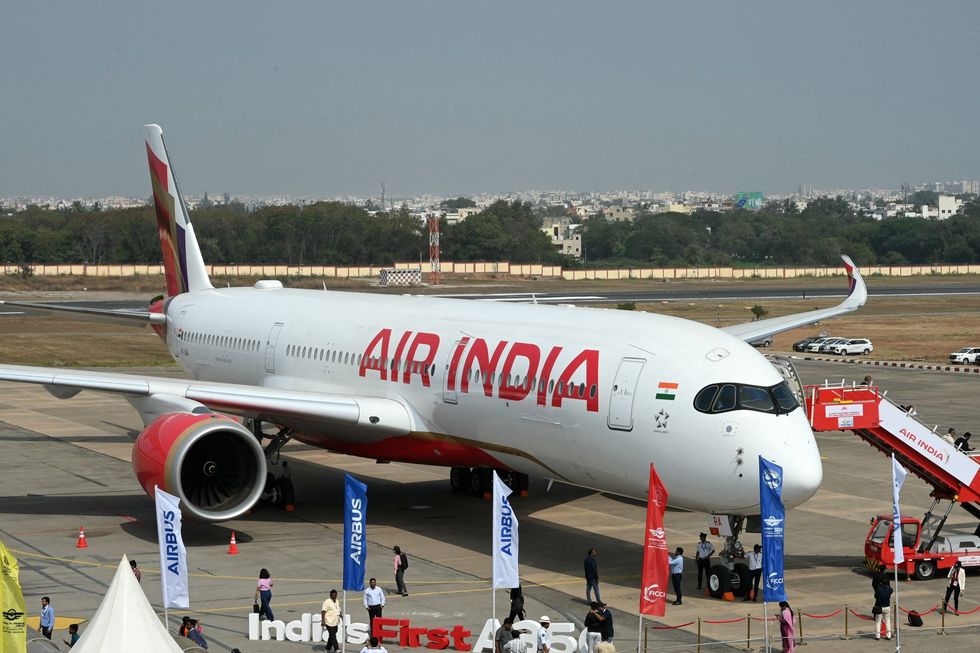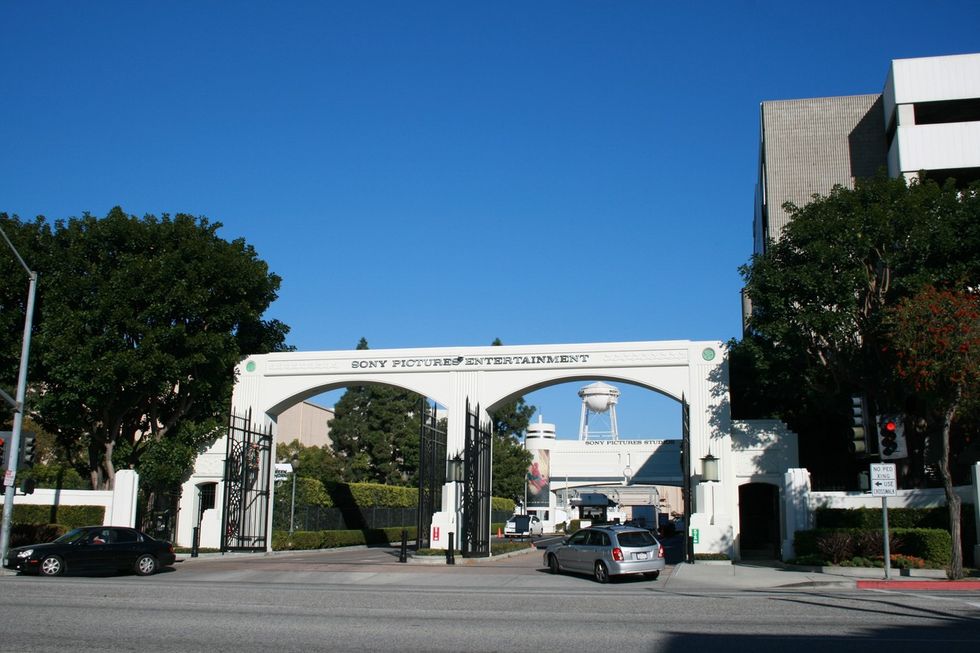What comes to your mind when you think of Dubai? Perhaps the towering Burj Khalifa, unrivaled opulence, or its glittering lifestyle. But beneath the glamour, a major challenge is unfolding. Over 13,000 food and beverages establishments have been struggling to attract customers — and this includes everything from humble biryani joints to restaurants serving dishes glazed with edible gold.
As the city with the second-highest number of restaurants per capita after Paris, Dubai now finds itself grappling with a tourism slowdown and being one of the world’s most saturated dining markets. The extravagance is what draws tourists to Dubai over destinations like Qatar or Saudi Arabia. But this culinary challenge poses a challenge to the tourist economy of Dubai.
The other side of Dubai
Restaurateurs are upping their game with innovative food presentation. “Gone are the days when it just tastes good,” says Kym Barter, General Manager of Atlantis The Palm, home to several award-winning restaurants helmed by celebrity chefs. But that’s not the only fight for restaurateurs — they also must deal with the surging rent and operational costs which are required to maintain restaurant space. On top of that, aligning with the expectations of the tourists and staying afloat amidst the diverse and demanding crowd can be challenging.
A city that still draws big spenders
However, the global prestige of Dubai still offers hope. Tourists outnumber locals five to one and spend lavishly — reportedly five times more per person than visitors in Saudi Arabia or the United States, according to global restaurant consultant Aaron Allen.
Food is a vital part of Dubai’s identity, offering thousands of flavors and culinary experiences. “Dubai is on the right path to becoming the world’s food capital,” says Torsten Vildgaard, Executive Chef at FZN by Björn Frantzén.
Pointing toward the culinary scope and potential of Dubai, Vildgaard adds, “We’re only seeing the tip of the iceberg of what’s to come in terms of gastronomy here”.
The uneven growth and need for dual economy
Dubai’s ever-expanding skyline also demands an affordable dining economy for the construction workers powering this growth. Yet, investor pressure has led to rapid expansion, resulting in skyrocketing prices and reduced affordability.
This boom aligns with a broader regional trend: Gulf countries diversifying away from oil. Saudi Arabia is working on Neom, a futuristic $500 billion smart city, while the UAE has eased restrictions on alcohol, fueling Dubai’s nightlife.
High cost and high failure
As the saying goes, nothing comes without cost. Dubai’s restaurants suffer from high operational expenses and failure rates. In Downtown Dubai, a business and luxury hub, annual rents reach up to $100 per square foot, placing it among the world’s most expensive commercial locations.
Despite challenging conditions, the Department of Economy and Tourism issued licenses to almost 1,200 new restaurants last year — although they declined to comment on the industry’s financial strain.
Traffic & plight of deliverymen
One contributing factor to empty tables is severe traffic congestion, which discourages dining out. Meanwhile, food delivery apps are booming, with fleets of migrant workers zipping through gridlock under tight delivery windows. According to Khaleej Times, 17 food couriers died in traffic accidents in 2024.
“Operating expenses have more than doubled relative to sales since 2009,” notes consultant Allen, referring to the aftermath of the global financial crisis. Summing up the Dubai dilemma, he adds: “Too many entrepreneurs here have too much money — and they don’t know what to do besides open restaurants.”















